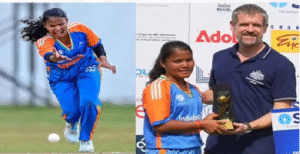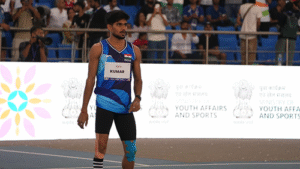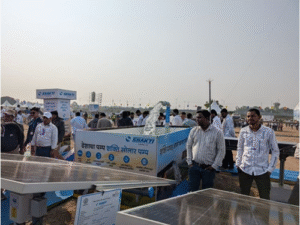India marked two significant milestones in aviation training with the successful development of indigenous trainer aircraft tailored for both military and civil aviation.
In August 1951, the Hindustan Trainer-2, developed by Hindustan Aeronautics Ltd (HAL) in Bangalore (now Bengaluru), Karnataka, made its maiden flight. Primarily designed for military pilot training, the aircraft was also deployed in civil flying schools, becoming a foundational element in India’s early pilot training programs. The Trainer-2 played a key role in strengthening the country’s self-reliance in aviation technology post-independence.
Decades later, in November 1990, another indigenous aircraft, the Swati, took to the skies in Delhi. A two-seater trainer designed specifically for flying club pilots, Swati was developed by the Directorate General of Civil Aviation (DGCA) and built at Bharat Heavy Electricals Ltd (BHEL) in Haridwar, Uttarakhand. It provided an affordable and effective solution for civilian pilot training and reinforced India’s commitment to developing its own aviation infrastructure.
Both aircraft are remembered as pivotal steps in India’s journey towards aviation self-sufficiency and remain important chapters in the history of indigenous aircraft design.







